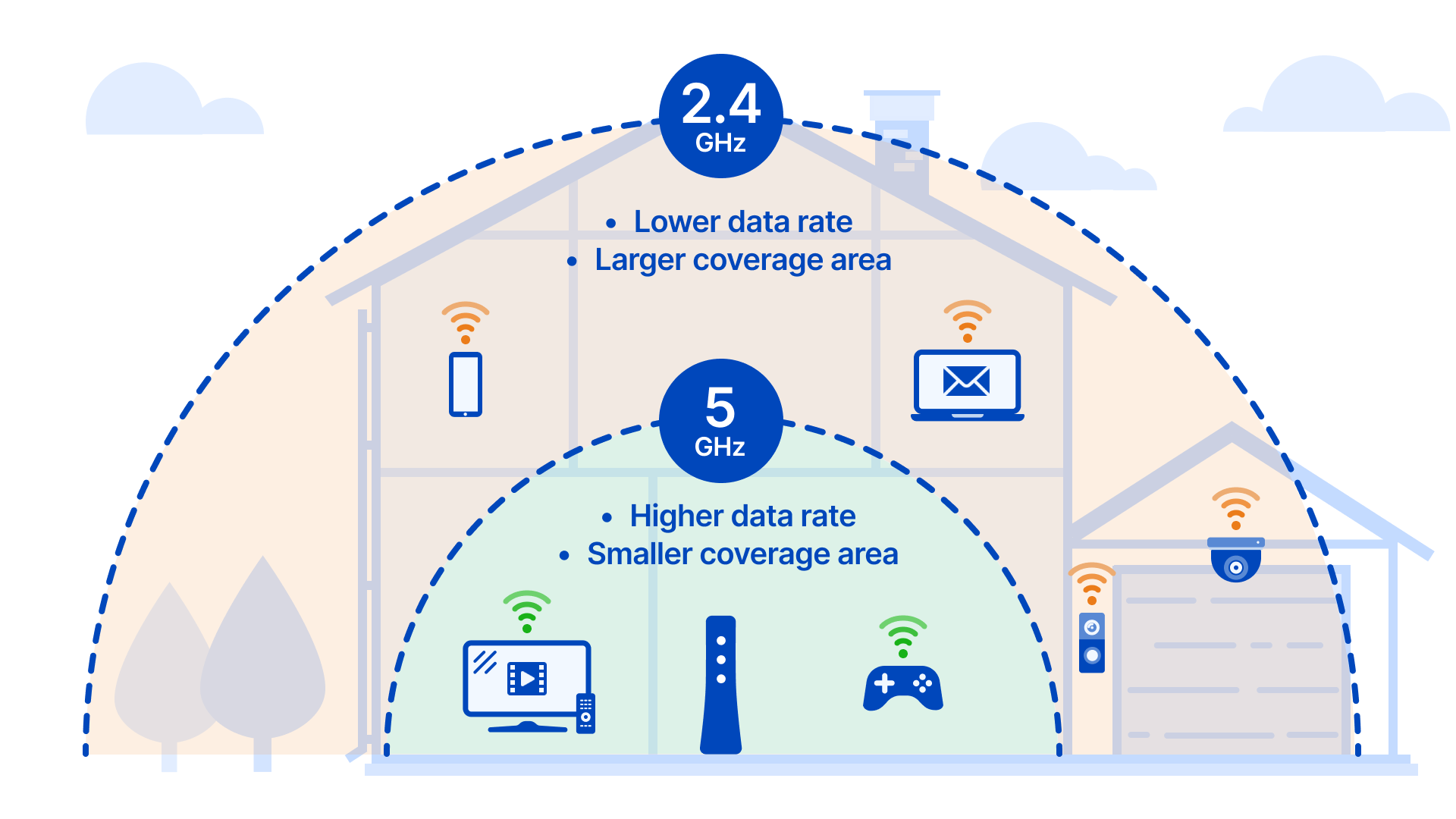
Should I use 2.4 GHz or 5 GHz WiFi? CenturyLink
The 2.4 GHz band provides longer-range coverage but transmits data at slower speeds. The 5 GHz band offers less coverage but transmits at faster speeds than the 2.4 GHz band. The 6 GHz band provides the least coverage but transmits data at superfast speeds. WiFi 7 technology "MLO" feature grants the ability to combine frequency bands in a.
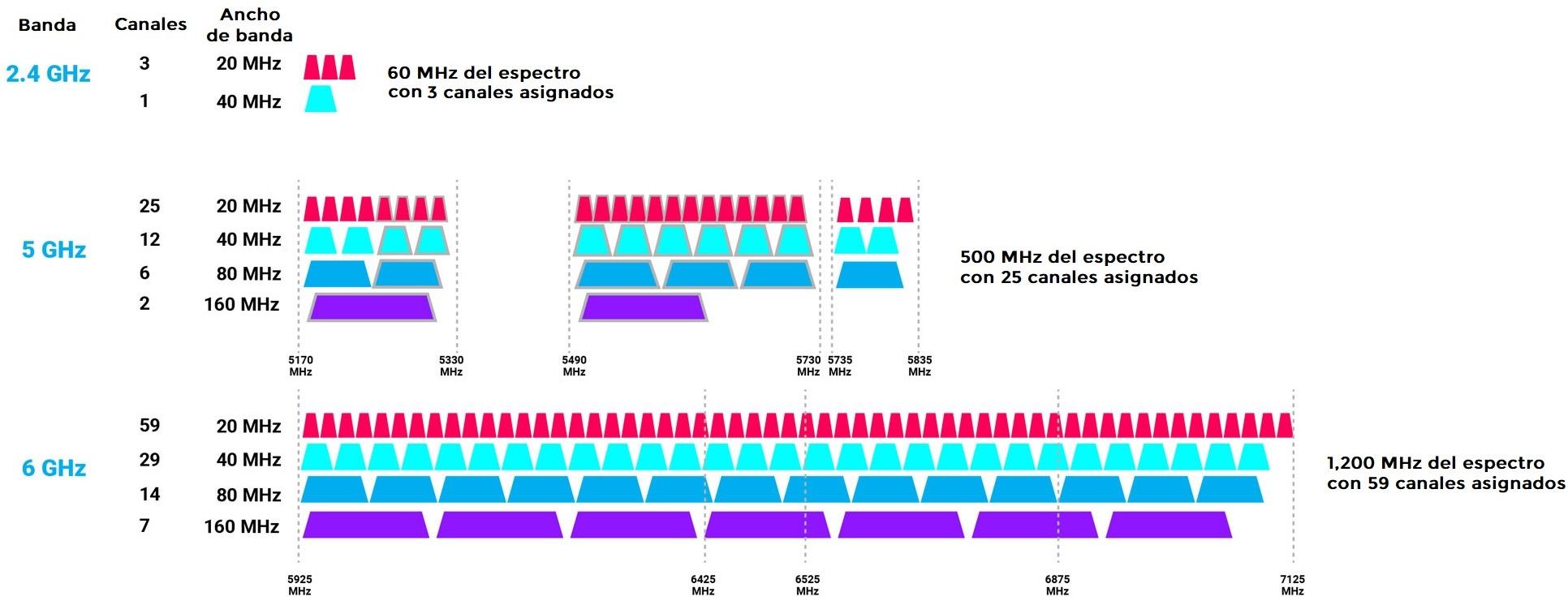
Alles, was Sie über die WLANFrequenzbänder wissen müssen 2,4 GHz, 5 GHz und 6 GHz
The 2.4 GHz band is a pretty crowded place, because it's used by more than just Wi-Fi. Old cordless phones, garage door openers, baby monitors, and other devices tend to use the 2.4 GHz band. The longer waves used by the 2.4 GHz band are better suited to longer ranges and transmission through walls and solid objects.
:max_bytes(150000):strip_icc()/is-5-ghz-wifi-better-than-2-4-ghz-818293_final-5b367f8646e0fb0037225204.png)
Is 5 GHz WiFi Better Than 2.4 GHz?
Most newer dual-band routers allow you to connect to one of two wireless networks; a 2.4 GHz network, or a 5 GHz network. The biggest difference between these two networks is speed and range. 2.4 GHz offers a slower connection speed but covers a wider area. 5 GHz offers a faster connection speed but doesn't cover as wide of an area. [1]
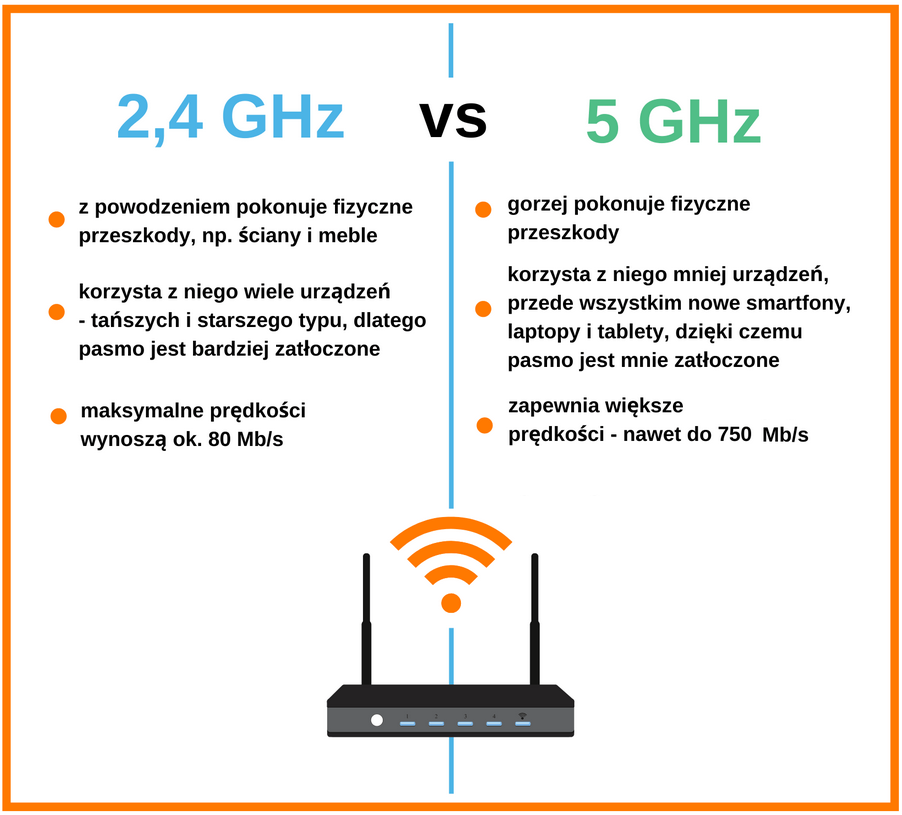
2,4 GHz czy 5 GHz które pasmo WiFi wybrać? Poradnik Orange
The 2.4 GHz Wi-Fi band covers more area but at slower speeds, while 5 GHz provides higher speeds with a shorter range. For tasks requiring high bandwidth close to the router, like streaming or gaming, use 5 GHz; for broader coverage, 2.4 GHz is preferable. The 5 GHz Wi-Fi band is less congested, offering a clearer channel and less interference.

2.4 GHz vs. 5 GHz (Which One Is Better?)
2.4 GHz WiFi will support up to speeds of 450 Mbps or 600 Mbps, while 5 GHz Wi-Fi will support up to 1300 Mbps. The maximum speed for 2.4 GHz WiFi depends on the wireless standard that a router supports. For example, 802.11b supports speeds of up to 11 Mbps, while 802.11g supports speeds of up to 54 Mbps.

Qual é a diferença entre 2,4 GHz e 5 GHz nos roteadores WiFi? Blog Comtac
The lower the frequency, the further the range. In layman's terms, this means 2.4 GHz can travel further—and therefore, provide WiFi to a greater area—than 5 GHz. However, there are only three channels (or, to go back to the highway metaphor, lanes) on the 2.4 GHz frequency. This means that you may experience traffic, which can result in.

The Difference Between 2.4 GHz and 5 GHz WiFi Frequencies EarthLink
5 GHz WiFi is faster but provides a shorter range. Using higher frequencies, 5 GHz WiFi allows much faster transmissions of data. Under ideal conditions, 2.4 GHz WiFi can support up to 450 Mbps or 600 Mbps, while 5 GHz WiFi can support up to gigabit speeds, depending on the router class. But 5 GHz WiFi provides a bit shorter range.

ROTEADORES entenda a diferença entre WiFi 2,4 GHz e 5 GHz
Wireless connections to the 5 GHz and now 6 GHz bands will offer faster speeds and more-responsive experiences for work and play compared to the legacy 2.4 GHz band, which offers longer range at lower speeds. The lower 2.4 GHz band offers longer range at lower data rates, while 5 GHz and 6 GHz offer much faster speeds.
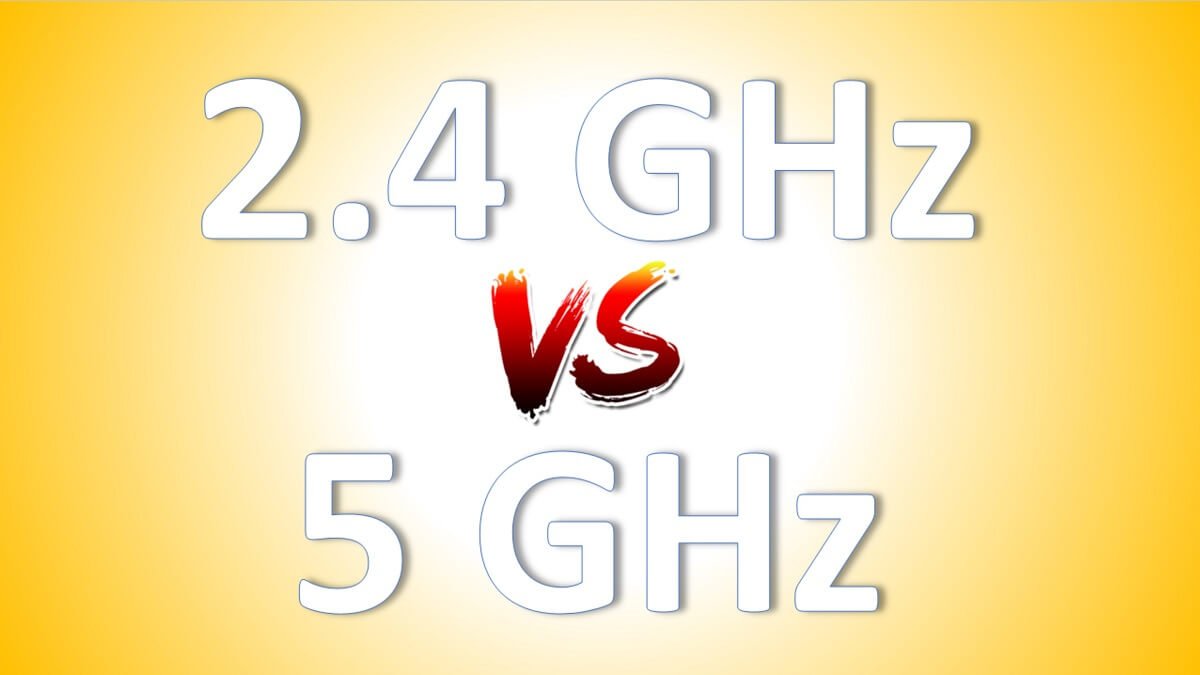
2.4 GHz ile 5 GHz Arasındaki Fark Nedir? Cepkolik
However, the 5 GHz frequency has started to be used, so dual-band routers have appeared, using either of the two frequencies above. So the question here arises; how to tell if WiFi is 2.4 or 5 GHz? In general, it is said, 2.4GHz is the best to connect away from the device since it is less sensitive to distance and possible walls.
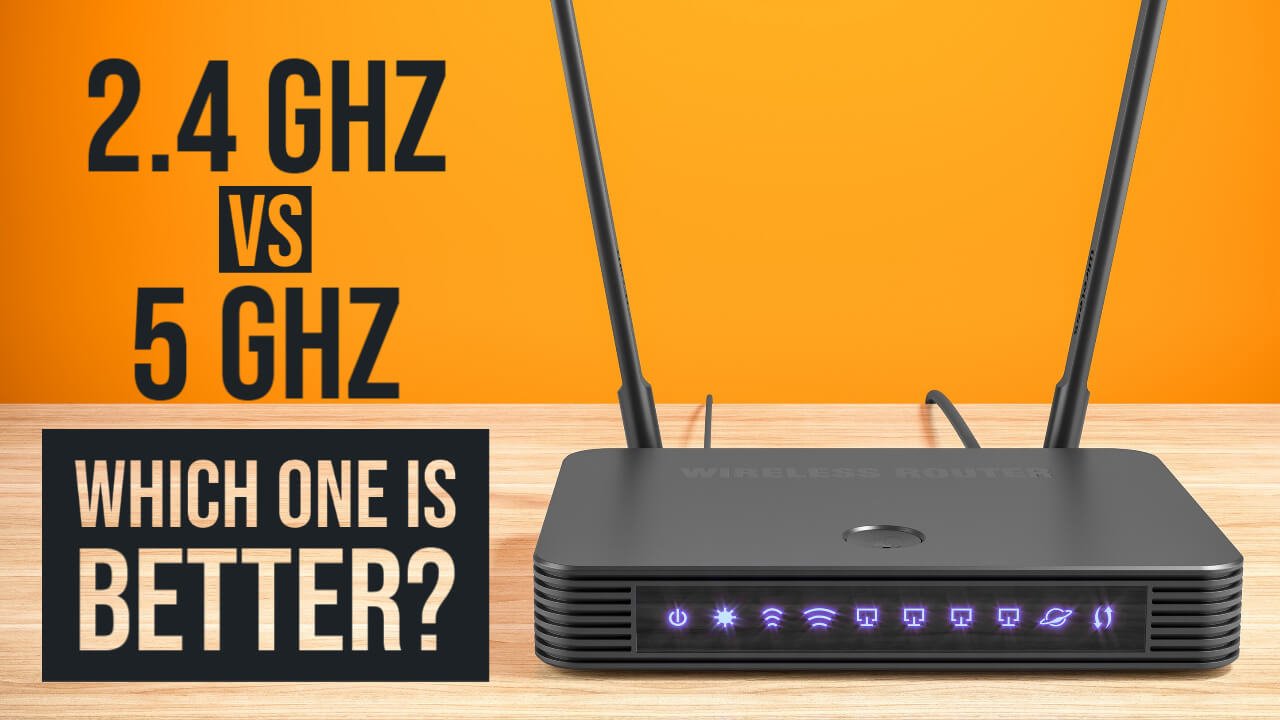
2.4 GHz Vs 5 GHz WiFi What is the Difference? The World's Best And Worst
The 2.4 GHz Wi-Fi frequency band gives you more range and passes better through walls and other physical obstructions. The 5 GHz Wi-Fi frequency band provides more speed—a lot more. Using the latest Wi-Fi standard and the best router, 2.4 GHZ Wi-Fi can reach up to 600 Mbps under absolutely ideal conditions. But for your average home network.

Difference Between 2.4GHz and 5GHz WiFi
As we mentioned earlier, 5 GHz Wi-Fi is faster than its 2.4 GHz counterpart. This is due to a couple of factors. First of all, the 5 GHz frequency supports higher data rates. The ability to transmit larger amounts of data to a device translates into a speedier connection. Secondly, the 5 GHz band is less congested than 2.4 GHz.
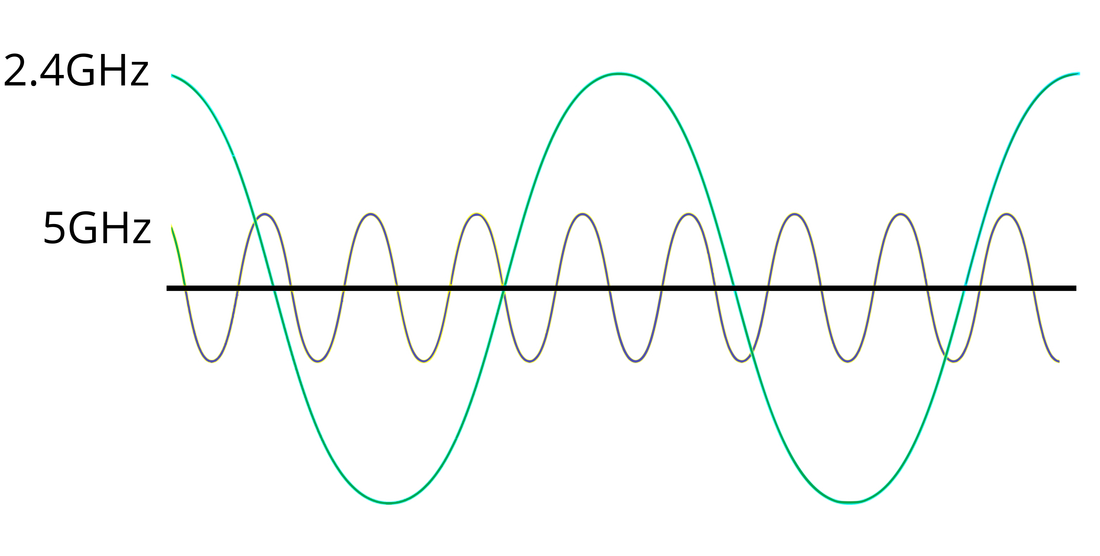
2.4GHz and 5GHz explained. A Blog post from Home Network Solutions Berkshire a company based in
A 5 GHz network can carry more data than a 2.4 GHz network and is technically faster (assuming the electric power to the higher frequency radio is maintained at a higher level). 5 GHz radios support higher maximum data rates in network standards 802.11n, 802.11ac, and 802.11ad.

What Is 2.4 GHZ And 5 GHZ Band Speed Test Full Detail YouTube
The primary differences between the 2.4GHz and 5 GHz Wi-Fi bands lie in the range and bandwidth. The key takeaway is that the 2.4 GHz band can provide long-range coverage but transmits data at.
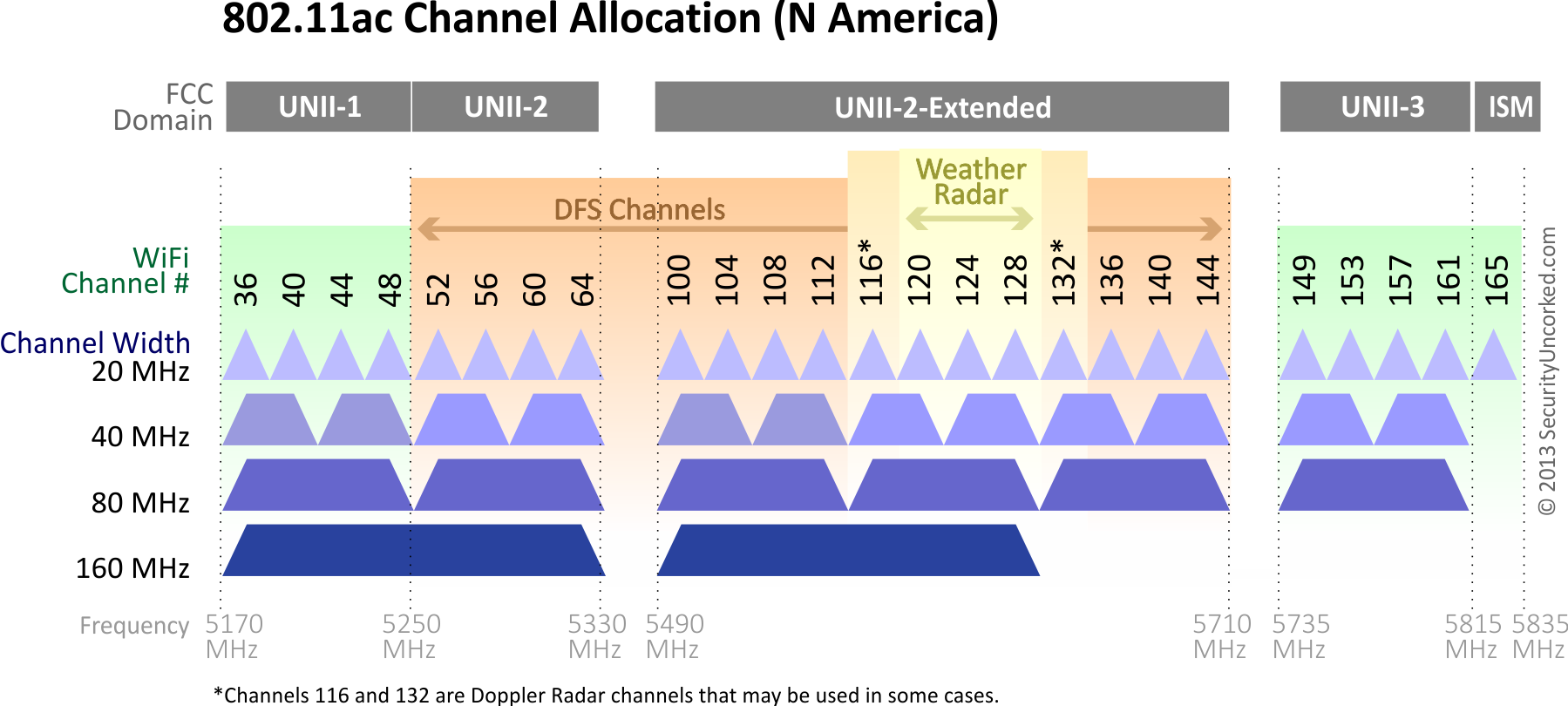
Comment choisir les appareils à connecter au WiFi 2.4 GHz et ceux à connecter à 5 GHz ITIGIC
The difference between the two is pretty simple: it all comes down to range and speed. 2.4 GHz has a longer range, meaning it reaches a lot further than 5 GHz Wi-Fi.1 However, even though you can connect to 2.4 GHz Wi-Fi from your basement, it will have a slower speed. 1. 5 GHz Wi-Fi is faster.

What Is A 2.4 Ghz Wifi
Is One Channel Better Than the Other? The main factors that distinguish 2.4GHz and 5GHz connections are the speed and range of their networks. A 2.4GHz connection provides internet at a much larger range, but a 5GHz connection is much faster. Plenty of other devices commonly found in homes— baby monitors, microwaves, and garage door openers.
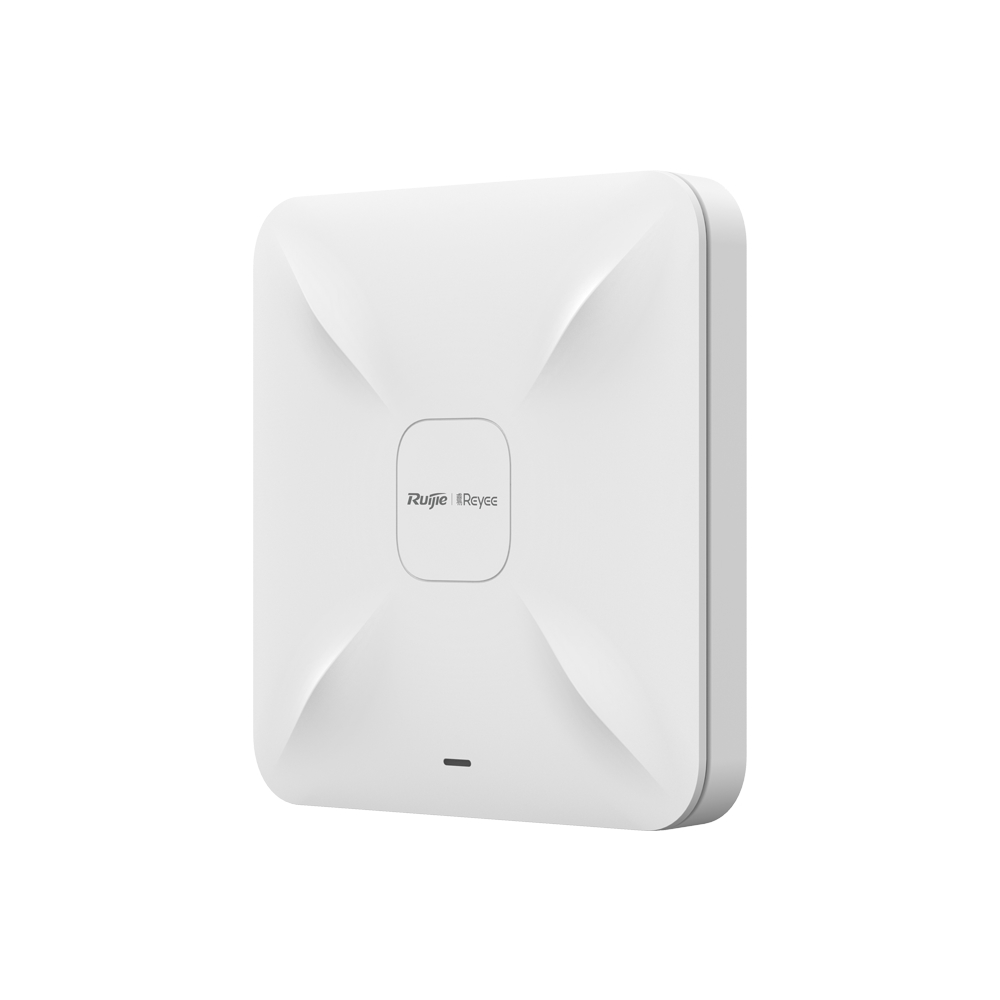
RUIJIE RGRAP2200(F) AC1300 2PORT 2x2MIMO 2.4 GHZ & 5 GHZ POE ADAPTORSUZ INDOOR ACCESS POINT
802.11ac (WiFi 5): 5 GHz; 802.11ax (WiFi 6): 2.4 GHz and 5 Ghz (Both) If you see 802.11n, 802.11ac, or 802.11ax, your WiFi card can handle both 2.4GHz and 5GHz frequencies. As you can see in the example above, the card would be capable of handling both. On Mac.